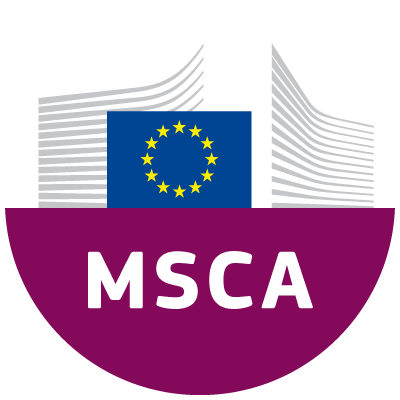HyPhoCo: Organic/Inorganic Hybrid Photoelectrodes for sustainable CO2 reduction
The photoelectrochemical (PEC) CO2 reduction to fuels and other valuable chemicals is an appreciated artificial photosynthesis approach that simultaneously addresses the valorisation of CO2 emissions and the storage of renewable solar energy. Conjugated porous polymer (CPP) semiconductors have been identified as ideal materials for solar energy applications due to their unique advantages of high chemical stability and molecularly tunable optoelectronic properties (bandgap, band position). However, the PEC properties of CPPs have not been explored so far. In this sense, HyPhoCO aims at the bottom-up development of robust, high-performance photocathodes for CO2 reduction, based on abundant and non-toxic CPPs and CPP/inorganic hybrid materials. In a fundamental research approach, the design of CO2 reduction photocathodes will be based on a thorough investigation of the electronic structure and charge transfer dynamics of the PEC CO2 reduction process.
Investigators: Freddy Oropeza Palacio (Postdoctoral Fellow) & Víctor de la Peña O’Shea (Supervisor)
Funding Institution/Program: This project has received funding from the European Union’s Horizon 2020 research and innovation programme under the Marie Skłodowska-Curie grant agreement No 101030782. (DOI 10.3030/101030782)
Call: Marie Skłodowska-Curie Individual Fellowships (H2020-MSCA-IF-2020)
Type of action: Standard European Fellowships (MSCA-IF-EF-ST)
Period: January 2022- December 2023 (Grant Agreement terminated on December 2022)
IMDEA Energy Institute external funding: 160,932.48 €



